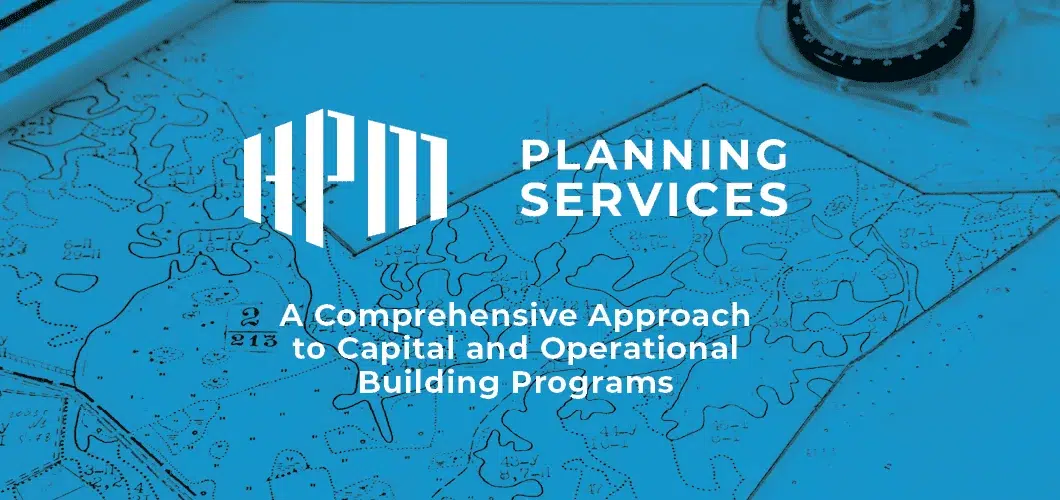
Why Planning is Essential to Your Standard Operation Procedures
Strategic planning for facilities and operations is an essential component to short and long-term efficiency models across all industries. From airlines and beverage distribution to baseball stadiums and school districts, facility improvements and day-to-day operations are continuous, necessitating the need to incorporate good planning practices into your standard operating procedures.
What does good planning look like?
Good planning practices can be applied across all industries. At HPM, we work side-by-side with our client to incorporate best practice facilities and operational planning into a wide variety of professional fields including education, manufacturing/distribution, sports and recreation, aviation, hospitality, retail, and more. While these industries serve different needs, they are united by a shared requirement for highly functional facilities that effectively serve customers, students, employees, and stakeholders. Regardless of the industry or type of facility, good planning practices must address four major components to comprehensively analyze facility needs:
- – Demographics
- – Condition (both physical and functional)
- – Operational Framework (Business model)
- – Cost & Funding
Effective planning for facilities must give equal consideration to each of these components. While it might be just one of these items that demands your attention currently, decisions based on one sole component alone may have rippling effects on all the others. A skilled planner must have a full understanding of the operations, practices, and procedures, combined with the strategic goals to properly weigh these effects in advance.
It is likely that most companies and organizations focus on the industry they serve and have eyes focused on what is in their “wheelhouse.” Superintendents know school districts, COO’s know manufacturing, General Managers know sports venues. Limited exposure to an assortment of facilities and operational procedures across different industries could restrict perspective and room for new ideas.
HPM is fortunate to have provided facility planning services to more than a dozen industries. This firsthand experience working with various organizations and operational models accentuates our expert planners’ valuable insight as to what can work across different professional environments. We take the best practices we have observed and instituted in one field and apply it to an industry that otherwise would never had considered a similar model.
For example: What if a community college or school district want to build a career and technical center that includes an aerospace program? We can capitalize on our own aviation professionals to make sure the facility includes spaces, tools, and best-practice operational procedures on how to build helicopters.
HPM’s diverse portfolio, combined with our geographic reach provides our clients with the opportunity to explore new and different facility solutions. With so much in our world changing at a rapid pace, there is not a better time to incorporate innovative ideas and proven effective planning into your standard operation procedures.

